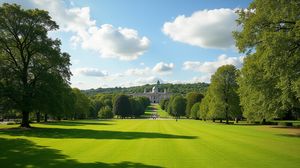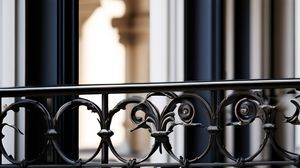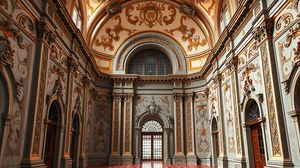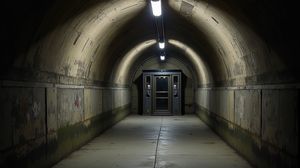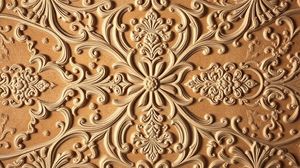
Lindsey House is an exquisite example of a late 17th-century townhouse, showcasing the elegance and architectural finesse of its era. Built in 1674, it stands as one of the oldest houses in Chelsea, a testament to the rich historical tapestry of London. Its Georgian façade and period features have been remarkably preserved, offering a glimpse into the architectural trends of the time.
This historic home has captured the attention of several notable figures throughout its long history. It was owned by the third Earl of Lindsey, who lent his name to the property. Lindsey House has served as a residence for an impressive roster of distinguished individuals, including the famed scenography expert James Whistler, who resided here in the 19th century. His presence is a reminder of the house's longstanding connection to British cultural history.
A particularly engaging element of Lindsey House is its connection to Charles Dickens. Dickens, a legendary literary figure, mentions Cheyne Walk in his correspondence, as he often visited the area. Although Lindsey House is not directly linked to his works, its presence during his era adds a layer of intrigue and historical context to any literary enthusiast's tour of London.
One intriguing aspect of Lindsey House is its remarkably intact Rococo interiors. This design style is characterized by its ornate detail and whimsical themes, reflecting the affluence and tastes of the period. The carefully preserved interiors are not only beautiful but also offer a unique lens into the artistic influences that shaped high-society homes of the 1700s.
While Lindsey House is undoubtedly a piece of living history, it also occupies a strategic location that offers picturesque views over the River Thames. Its proximity to the river would have historically been both a social and practical advantage, making it a desirable residence for the elite of London society during its prime. Today, visitors can enjoy the lovely view, providing a serene contrast to the bustling city beyond.

Making the Most of Your Visit:
Take a moment to appreciate the Georgian façade before stepping inside. It's one of the best-preserved examples from its era, and the restoration has been a labour of love for all who cherish architectural history.
Keep an eye out for the Rococo elements within the interiors. These are a rare find in such well-preserved condition and offer a vivid look into the opulent tastes of the era's elite.
If you're an art enthusiast, think about James Whistler's connection to this house. Imagine the inspiration he might have drawn from the house's beautiful surroundings when you explore the nearby areas.
Cherish the view of the River Thames from Lindsey House. It's not just picturesque; it offers a glimpse into the past, when proximity to the river was vital for trade and high society gatherings.
Visit on a weekday if you can. Weekends tend to be busier, and you'll appreciate the tranquility this historic home embodies when there are fewer visitors around.

Visiting Times & Costs:
As of the latest available information, Lindsey House is a private residence and is not open to the general public for tours or visits. Therefore, it is not possible to access the interior or the gardens without prior special arrangements, which may be rare. Consequently, there is no public entrance fee or regular visiting hours. Interested visitors are advised to admire the building's architecture and historical significance from the public areas nearby, such as Cheyne Walk.
- Accessibility: As it is a private residence, there are no official accessibility provisions for visiting Lindsey House.
- Operating Times: Not applicable as the property is not open to the public.
- Entry Fees: None, as there is no public access.

Address & Map:

Nearby:



